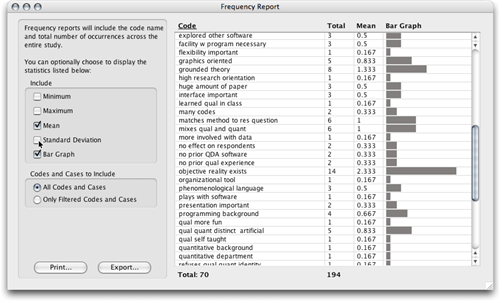

There are several studies suggesting that achieving the Roll Back Malaria Partnership goal of providing 80% of malaria patients with effective treatment within 24 hours from symptom onset will depend on increasing the availability of anti-malarial drugs outside the public sector. A study of global malaria treatment found that up to 60% of malaria medications are delivered in the private sector. The private sector plays a key role in the treatment of malaria. As of November 2011, there were still 25 countries, primarily located in the Africa Region, which continued to allow the marketing of artemisinin monotherapy. In 2010, the WHO updated its malaria treatment guidelines to recommend that ACT replace oral artemisinin-based monotherapy. During the same period, however, malaria mortality in Africa was reduced by only 33%. Since 2000, the use of ACT has helped reduce malaria-related deaths in Europe by 99%, the Americas by 55%, and the Western Pacific by 42%. In 2006, the WHO recommended the first-line use of artemisinin-based combination therapy (ACT) to address the resistance of Plasmodium falciparum to monotherapies and improve treatment outcomes. In 2010, there were 3.3 billion people at risk for malaria worldwide, of whom 1.2 billion (47%) were considered at high risk (> 1 case/1,000 population) and living in the WHO African Region. The majority of cases (81%) and deaths (91%) occurred in the World Health Organization (WHO) African region. It is estimated that there were 216 million cases of malaria and 655,000 malaria deaths in 2010. Similar programmes may be especially effective if employed in combination with rapid diagnostic testing to ensure the appropriate use of these products. These findings suggest a continued need for initiatives like the AMFm that improve the affordability and accessibility of QAACT. Moreover, for both urban and rural areas, AMFm QAACT availability was found to be high, and the various forms of QAACT were the best-selling products among all anti-malarials. Still, the final purchase price of AMFm QAACT was substantially lower than non-AMFm equivalents. Results from this study indicate that the AMFm has not fully achieved its affordability and crowd-out objectives. The three top-selling anti-malarials reported for both urban and rural areas in each country were, with the exception of rural Uganda and urban Nigeria, combination therapies. Government recommendation was the most significant factor influencing anti-malarial stock choices in urban (41.5%) and rural (31.9%) outlets. Market penetration of AMFm QAACT in both urban and rural areas was high, although stock-outs of both AMFm and non-AMFm products were more common in rural compared with urban outlets in Ghana and Kenya (p = 0.0013). ResultsĪMFm medications were less expensive than their non-AMFm counterparts, yet prices for both types were above country-specific suggested retail prices.

Questionnaires were administered at private retail outlets and the data were analyzed to assess within- and between-country differences in QAACT price, availability, and popularity.

The study was conducted between April and May 2012 and included interviews with personnel in 598 private pharmaceutical outlets in Ghana, Kenya, Nigeria, Tanzania, and Uganda. The objective of this study was to assess anti-malarial stock and purchase patterns at private outlets in five AMFm Phase 1 countries in regard to three of the core AMFm goals: increase the affordability of QAACT, increase the availability of QAACT, and crowd out artemisinin monotherapies and other substandard therapies. AMFm Phase 1, which includes nine pilot programmes in eight countries, was launched in 2009. In 2009, the Global Fund to Fight AIDS, Tuberculosis and Malaria established the Affordable Medicines Facility-malaria (AMFm) in order to increase access to quality-assured artemisinin combination therapy (QAACT).


 0 kommentar(er)
0 kommentar(er)
